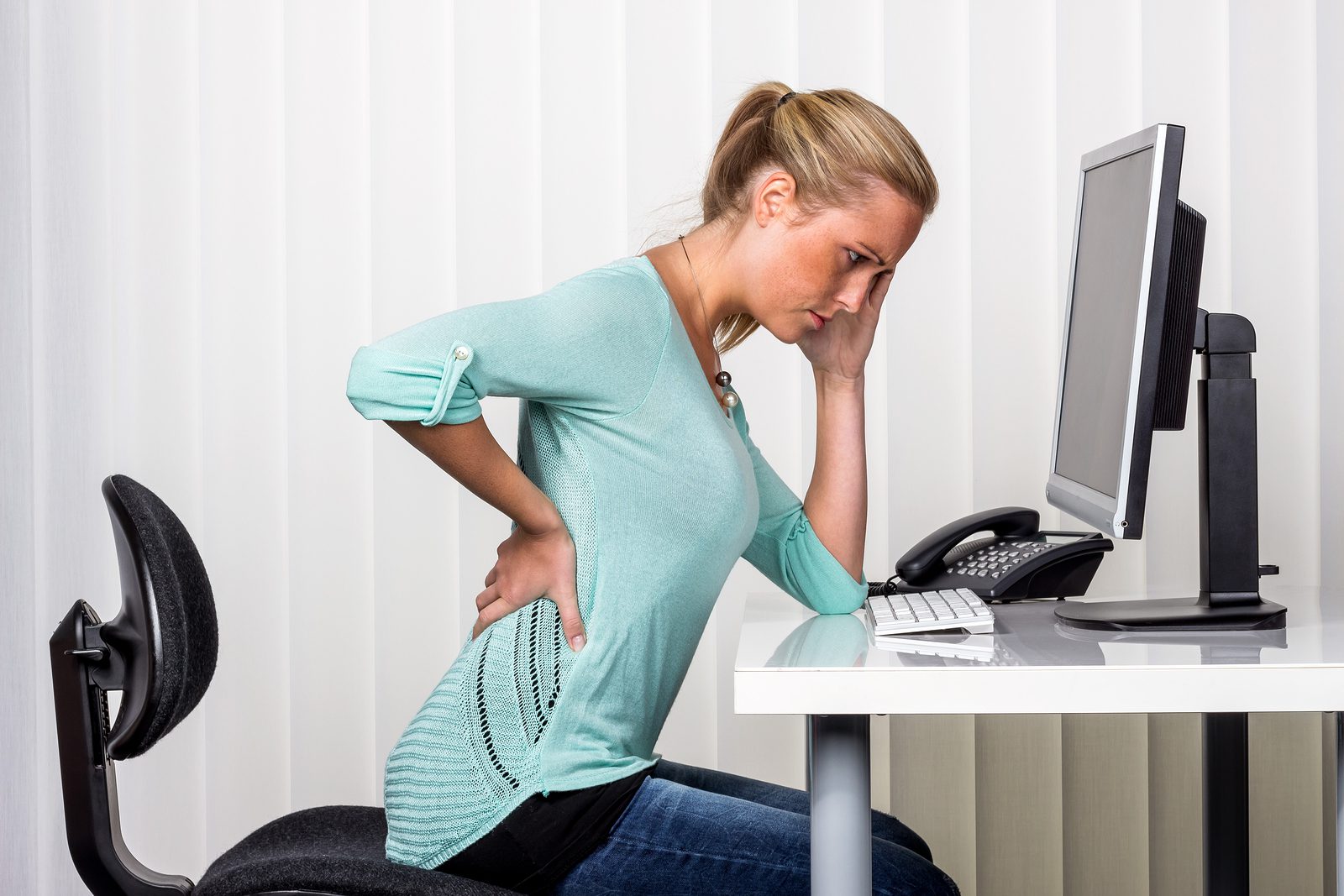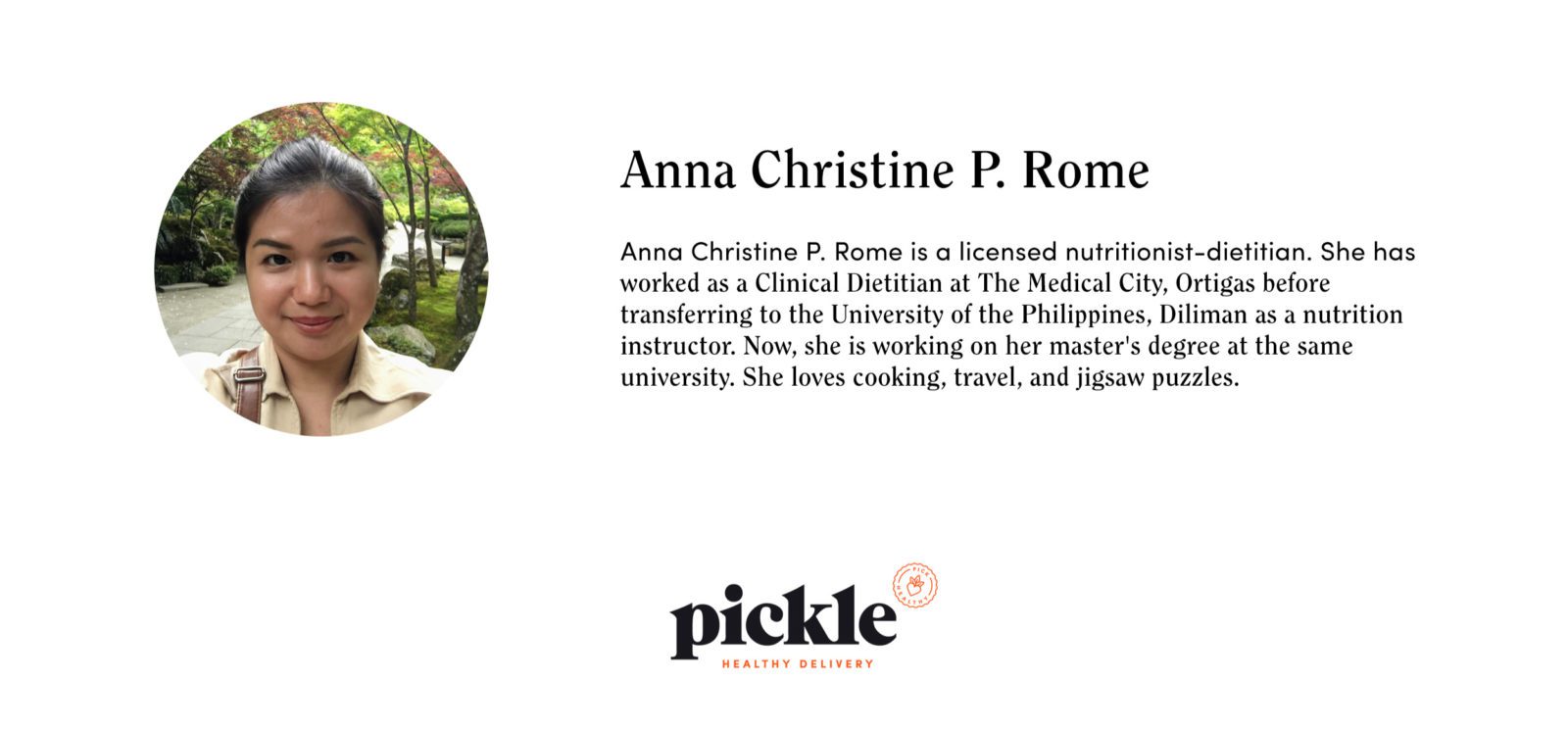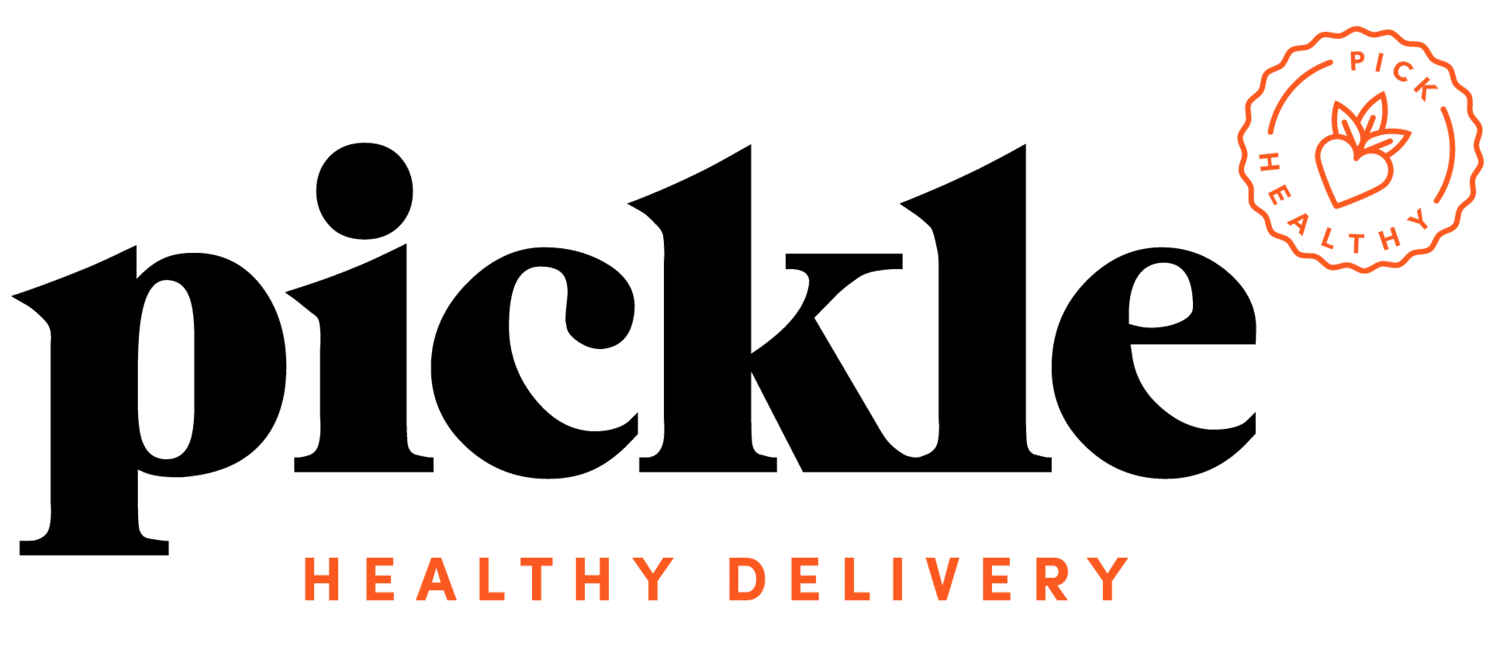
Our bones are living tissue. They develop, grow, and have the ability to repair itself during injury. We are born with 300 bones, and as we grow old these bones become harder and fuse together, leaving the adult skeleton with 206 bones. Our bones are responsible for structural support and protection of vital organs. It also provides spaces where blood cells are produced and where minerals are stored. The ability of our bones to withstand stress is due to its protein framework made from collagen, and to its hard matrix made from calcium phosphate.
Throughout our lifespan, our bones continue to dissolve and rebuild. This process strengthens our bone structure. Unfortunately, the rate of dissolution of bone matrix increases with age, making our bones weak due to bone loss. For women, bone loss is faster after menopause due to lack of hormone, estrogen.
Excessive bone loss lead to a disease called osteoporosis, which literally means porous bone. People suffering from osteoporosis are very fragile and prone to fracture. According to International Osteoporosis Foundation, a global alliance working to promote bone, muscle, and joint health, osteoporotic fracture is estimated to occur every 3 seconds. The most common fracture associated with osteoporosis happens at the hip, spine, and wrist. All fractures result in serious consequences including loss in height, joint pain, deformity, and even immobility.
The good news is, you can avoid this disease! It is never too late to invest in bone health. Though genetics play an important factor in the development of osteoporosis, there are many things that you can do to reduce your chances of getting weakened bones.
Here are the activities that you can do to prevent bone breaks as you age:
Get Enough Calcium and Vitamin D in Your Diet
Calcium is the main mineral found in your bone matrix while vitamin D helps you to absorb calcium. Making sure that you have an adequate calcium in your body will help to strengthen your bones. Foods that are rich in calcium includes dairy and dairy products. But if you are lactose-intolerant you can still get calcium from plant-sourced milk (e.g. almond milk, soy milk), soya, tofu, dark green leafy vegetables, and fishes that you can eat its bones (e.g. anchovy, sardine). Good sources of vitamin D includes egg yolk, saltwater fish, and milk fortified with vitamin D.
Engage in Regular Physical Activity
Bones become stronger if you engage in physical activity by building your bone density and mass. Weight-bearing with resistance exercises are good to maintain your muscles and bone strength. This includes cycling, hiking, and weight-lifting. Yet, it is very important to engage in exercises you love and applicable to your abilities.
Stop Smoking
Based on studies, smoking increases bone loss and decreases intestinal calcium absorption thus may weaken your bones.
Limit Alcohol Consumption
Too much alcohol intake can disrupt the balance of calcium and interfere with vitamin D production in the skin.
Watch Out for Medications That Can Promote Bone Loss
Over doses of glucocorticoids can induce bone lose. These medicines are given to patients with arthritis, asthma, and other diseases. It is very important to consult your doctor about these medications.
Bone maintenance is everyone’s business. Healthy bones allow us to move freely as we age. By having a healthy lifestyle, one can prevent bone loss and osteoporosis later in life. For people who are at higher risk for bone loss, it is prudent to have yourself check by doing a bone scan to measure bone mineral density. Always remember that prevention is better than cure.

